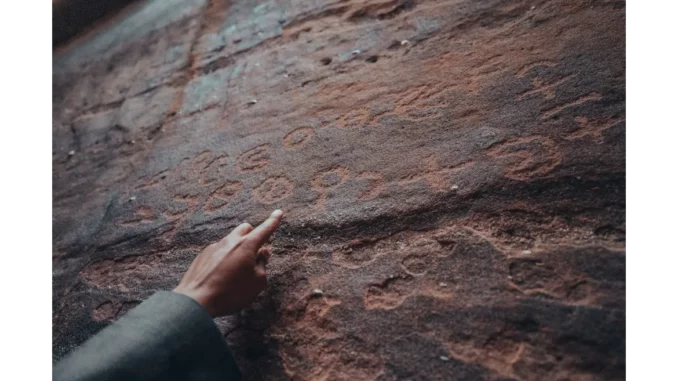
When disaster strikes, the preservation of historical sites and buildings becomes a pressing concern. The intricate details and strategies that form the backbone of emergency planning are often unseen by the public. Today, we delve into the world of emergency planning for heritage sites with insights from an interview with Charlotte Hughes, a conservation officer with over a decade of experience at Historic England.
Focus360 Energy: property compliance services – pre-planning to post-construction. Learn more.
Charlotte greeted me with a warm smile as we sat down in a modest meeting room at Historic England’s headquarters. Her passion for heritage preservation was evident from the start, and she was eager to share the nuances of her work. As we began our conversation, it became clear just how vital the meticulous planning and quick decision-making are when it comes to saving our history.
“Emergency planning for heritage sites is a bit like a chess game,” Charlotte explained, leaning forward with enthusiasm. “You need to anticipate potential threats and have a strategy in place for each scenario. It’s all about protecting our history while ensuring safety for everyone involved.”
One of the critical components she highlighted was the creation of detailed site and building plans. These documents are not just blueprints but include valuable information about the significance of different areas within a property. The plans are crucial for responders who may not be familiar with the site and need to make quick decisions under pressure.
“We ensure that these plans are accessible and updated regularly,” Charlotte noted. “They include everything from the structural layout to the location of key artefacts, and even details about the building materials used. It’s about creating a comprehensive guide that can be used in an emergency to prioritise efforts.”
As we continued our discussion, Charlotte delved into the topic of salvage priorities. It was fascinating to learn how decisions are made about which items or parts of a site should be saved first. This prioritisation is determined long before any crisis occurs, with input from historians, archaeologists, and conservation experts.
“Salvage priorities are established based on the historical and cultural significance of the items or structures,” Charlotte explained. “For example, we might prioritise a unique stained glass window over a more common architectural feature. It’s a difficult decision, but having these priorities set in advance can make all the difference in a crisis.”
Charlotte’s role also involves coordinating with other agencies and emergency services. She emphasised the importance of collaboration and communication in successful emergency planning. Historic England works closely with local authorities, fire services, and even police to ensure that everyone is aware of the plans and knows their role when the time comes.
“Communication is key,” she asserted. “We conduct regular drills and exercises to ensure that everyone is on the same page. It also helps us identify any gaps in our plans so we can address them proactively.”
Towards the end of our conversation, Charlotte brought up the importance of community involvement and education in heritage emergency planning. She shared that many people are unaware of the potential risks to historical sites and the steps that can be taken to mitigate them. By raising awareness and involving the local community, Historic England hopes to foster a sense of shared responsibility in preserving our nation’s history.
“Educating the public is an integral part of what we do,” Charlotte said. “We want people to understand the value of these sites and how they can contribute to their protection. Whether it’s through volunteering or simply being vigilant about reporting potential threats, every little bit helps.”
As our interview concluded, I couldn’t help but feel inspired by the dedication and foresight of Charlotte and her colleagues at Historic England. Their work ensures that our rich cultural heritage is safeguarded for future generations, even in the face of adversity.
For those looking to develop or refine their emergency plans for heritage sites, Charlotte recommended reaching out to Historic England’s Emergency Planning team. “We’re always here to help,” she assured me. “If you need guidance or have questions, don’t hesitate to contact us at [email protected]. We’re dedicated to preserving our history, one site at a time.”
Through my conversation with Charlotte, it became clear that emergency planning for heritage sites is not just about responding to disasters but about preparing for them in a way that honours and protects our shared past. Her insights provided a rare glimpse into the complexities and challenges faced by those tasked with safeguarding our cultural heritage, highlighting the importance of foresight, collaboration, and community involvement in this vital endeavour.
Emily Thompson


Be the first to comment